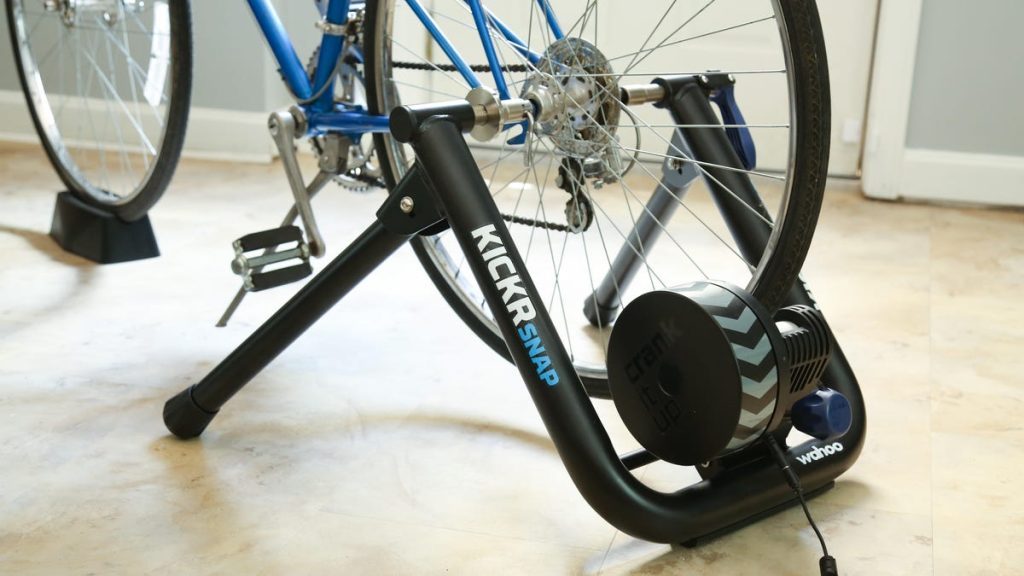Introduction to Indoor Bike Trainers
CNET, with over 25 years of experience in product reviews, explores the world of indoor bike trainers, offering insights into various types and features to help cyclists maintain their training regimen throughout the year, regardless of weather conditions. Indoor bike trainers simulate outdoor cycling experiences, providing resistance, mimicking climbs and descents, and offering a more realistic feel compared to standard exercise bikes. Different types of trainers cater to varying needs and budgets, from basic roller trainers to sophisticated smart trainers with app connectivity.
Types and Features of Indoor Bike Trainers
Several types of indoor bike trainers exist, each with unique characteristics: roller trainers, friction trainers, magnetic trainers, direct drive trainers, flywheel trainers, and fluid trainers. Roller trainers are basic and affordable, requiring balance and technique but minimal setup. Friction trainers offer resistance applied directly to the rear wheel and are also budget-friendly. Magnetic trainers use magnetic flywheels and adjustable resistance via a handlebar-mounted cable. Direct drive trainers offer a premium experience, connecting directly to the bike’s drivetrain for a more realistic ride feel and often integrating with training apps, but at a higher cost. Flywheel trainers use a weighted disc connected to the pedals for momentum and resistance, while fluid trainers utilize fluid-filled flywheels for automatically adjusting resistance based on pedaling speed.
Factors to consider when choosing a trainer include road feel, size, assembly requirements, and compatibility with your bike. Direct-drive trainers and those with app connectivity offer a more realistic road feel, but are typically more expensive. Some trainers are foldable for easy storage, while others require dedicated space. Assembly varies; some are ready to use, while others require removing the bike’s rear wheel and potentially specific tools. Crucially, ensure compatibility between the trainer and your bike model before purchasing.
CNET’s Top Recommendations
CNET’s testing reveals several top contenders. The Tacx Neo 2T Smart Trainer, a premium option, delivers a highly realistic riding experience through app connectivity and simulated terrain. It offers a quiet and stable ride, even at high power outputs, but requires full rear wheel removal and cassette compatibility checks. The Wahoo Kickr Snap, CNET’s overall best pick, balances ease of setup, realistic road feel, and app integration, with automatic resistance adjustments based on virtual terrain. The Alpcour Fluid Bike Trainer, a budget-friendly option, provides a stable and realistic outdoor-like ride with automatically adjusting resistance. While slightly louder than other models, its performance is commendable for its price point. The Saris Aluminum Rollers focus on balance and control, though requiring practice to master. They offer a quiet ride and improved cycling skills, but pose a higher risk of falling for beginners.
CNET also highlights the Kinetic Rock and Roll Trainer, a smart trainer with a rocking motion mimicking outdoor riding and a large flywheel for smooth operation and a realistic feel. While not yet tested by CNET, it promises compatibility with various apps and a wide range of bikes.
Key Considerations and FAQs
Before investing in a bike trainer, consider your cycling goals, environment, and budget. Frequent training needs, inclement weather, and available funds dictate whether a trainer’s value outweighs its cost. Proper installation and maintenance are essential. Follow specific user guides to minimize wear and tear on your bike components. Consider using an older or spare bike for training to preserve your primary road bike.
For beginners, the Wahoo Kickr Snap is recommended for its ease of use, app compatibility, and realistic ride feel. Spin bikes (stationary bikes) are distinct from bike trainers; spin bikes are self-contained units, while trainers attach to existing bikes to add resistance and simulate outdoor riding. Ensure trainer compatibility with your specific bike model by checking specifications. While trainers generally fit a wide range of bikes, verifying compatibility is crucial for optimal performance.










